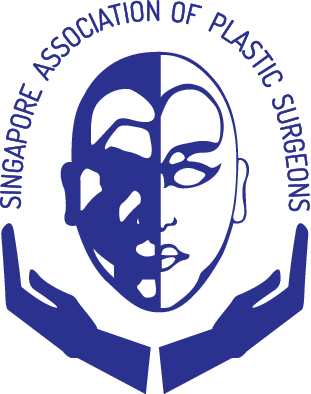HEAD AND NECK CANCER AND RECONSTRUCTION
Author: Dr Adrian Ooi
Head and neck cancers account for 3% of all cancers and consist of tumors affecting any region of the head and neck, including the scalp, skin, oral cavity, nasopharynx, paranasal sinuses, oropharynx, larynx, hypopharynx and esophagus. Depending on tumor type and extent, treatment modalities include a combination of surgery, radiotherapy and chemotherapy. Plastic surgeons are heavily involved in the management of head and neck cancer patients, most notably for reconstruction of defects post tumor removal. Many of these defects can be large and potentially extremely debilitating. The goal of the plastic surgeon is to restore appearance and function to as close to normal as possible.
To achieve these goals, plastic surgeons utilize a range of surgical techniques, such as grafting and flap surgery, to restore like-with-like. The kind of reconstructive method will vary according to the defect characteristics. Flap surgery involves mobilizing healthy tissue with a known blood supply from another part of the body reconstruct the defect which results from cancer removal. This may involve mobilizing local or regional tissue (pedicled flaps), or involve the use of reconstructive microsurgery (free flaps) where specialized operating microscopes and precision instrumentation are used to repair intricate structures such as blood vessels and nerves less than a few millimeters in diameter. The versatility which microsurgery provides gives plastic surgeons the best options for restoring any defect.
TREATMENT
COMPLICATIONS AND MANAGEMENT
Healing after skin tumour excision with or without reconstruction is usually uneventful. Minor complications such as localized infection and Healing after external defect reconstruction is usually uneventful. Minor complications such as localized infection and bleeding may occur, and in most instances can be managed with antibiotics and local pressure respectively. Very rarely is an unplanned return trip to the operating room required. You may require follow up procedures for touching up of the reconstruction to get things just right.
For internal/intra-oral defects, early complications include issues with flap circulation, neck abscess formation and salivary leak. These should be addressed emergently and you may require a re-operation. While your surgeon will always try their best to ensure all the goals are achieved in a single surgery, there is always a risk of complications.
General risks of microsurgery include, but are not limited to:
- Bleeding
- Infection
- Poor healing of incisions
- Hematoma
- Anesthesia risks
- Fluid accumulation (seroma)
- Skin loss or tissue necrosis
- Numbness or other changes in skin sensation
